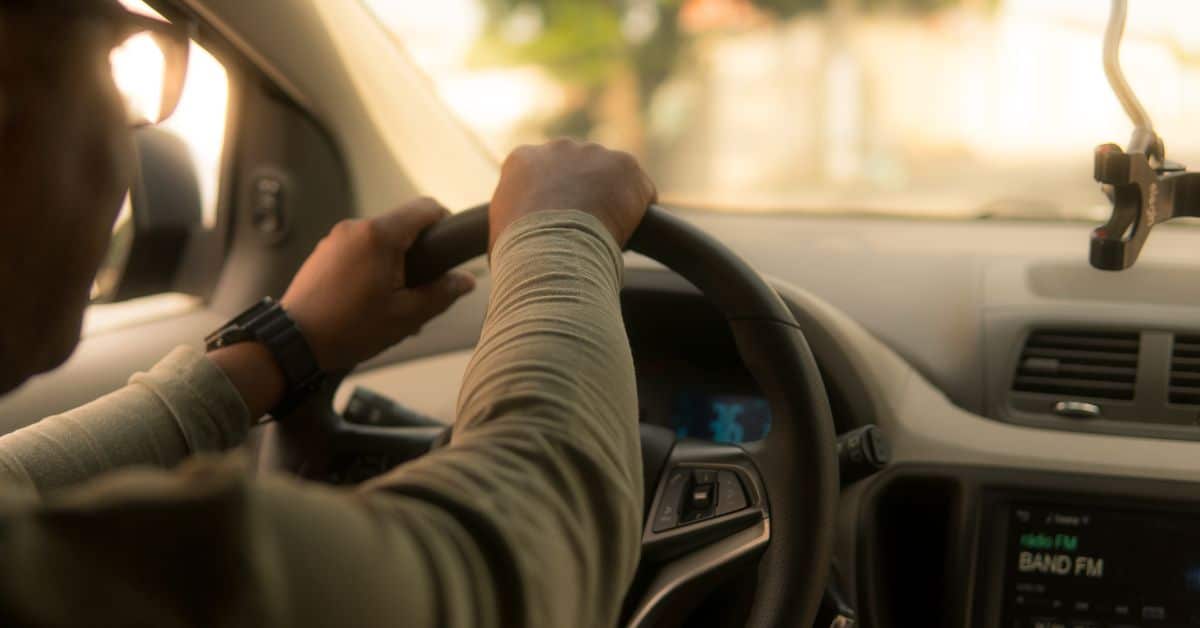6 Accident Prevention Tips
Being a safe driver is an essential skill that most people utilize on a daily basis. However, even the safest of drivers encounter dangerous conditions that may make collisions more likely. Regardless of the weather conditions, road work, or traffic presence, here are some tips you can use to avoid potential accidents as they arise.
#1. Be Predictable
One of the best ways to avoid accidents is by being predictable with your actions. This means following the rules of the road and using your turn signals when changing lanes or making a turn. It also means driving at or below the posted speed limit. When other drivers can predict your actions, they’re more likely to react accordingly, which can help prevent an accident.
Consider, for example, if you have the right of way coming off of the interstate but there is a driver on the frontage road yielding to you. The predictable action in this scenario would be to continue driving at a normal speed rather than hitting the brakes to yield to the other driver. This also applies at intersections where there is only one stop sign—don’t stop unless you have the sign.
#2. Don’t Make Assumptions About What Other Drivers Will Do
Even if you’re being a predictable driver, that doesn’t mean others on the road will be. One of the best defensive driving strategies is to not assume how another driver will behave or react to upcoming hazards. For example, if you’re stopped at a light and it turns green, wait about 3-5 seconds before proceeding through the intersection just in case someone runs the red. It’s always best to be prepared for the worst-case scenario.
This also applies when merging onto the highway. Instead of assuming the driver in the lane next to you will speed up or slow down to let you in, slow down and leave room to merge.
#3. Avoid Distractions
Distracted driving is one of the leading causes of accidents nationwide, so it’s important to keep your hands on the wheel and your eyes on the road at all times. This means avoiding activities like talking on the phone, eating, drinking, adjusting the radio, etc.
Furthermore, daydreaming or intently thinking about other things may interfere with your reaction time and decision-making; although most people overlook this as a driving distraction. Remember that there are three components of safe driving: your eyes, your hands, and your mind. Keep your attention on the task at hand.
#4. Be Aware of Your Surroundings
In order to avoid potential hazards, it’s important to be aware of your surroundings at all times. This means paying attention to the cars around you, as well as any obstacles in the road. It’s also important to stay alert and rested so that you can react quickly if necessary.
If you’re driving in an unfamiliar area, take extra care to pay attention to your surroundings. This includes being familiar with the layout of the roads, as well as any construction that may be taking place.
#5. Leave Plenty of Room
When you’re driving, it’s important to leave plenty of room between your car and the one in front of you. This will give you more time to stop if necessary and can help prevent rear-end collisions. In general, you should leave at least three seconds of space between your car and the one in front of you. This can easily be done by picking a marker on the side of the road, whether it’s a tree, sign, light, etc., and waiting for the person in front of you to pass it. Count how long it takes for your vehicle to pass the marker—if it’s less than three seconds, you’re likely driving too fast.
It’s also important to remember to increase this “buffer zone” in inclement weather conditions, such as rain or ice when the road is slicker, on rural roads, or in construction areas. When there are more potential hazards present, having this extra distance can help reduce the risk.
#6. Always Have an Escape Route
When you’re driving, it’s important to always have an escape route in mind. This means knowing where you can go if another car cuts you off or if there’s an animal on the road. It’s also important to be aware of any potential hazards, such as potholes, that could cause you to lose control of your car.
If you find yourself in a situation where you need to brake suddenly, it’s important to know how much distance you have so that you can stop safely. For example, if you’re driving 60 mph and it takes 200 feet to stop, then you should leave at least 600 feet between your car and the one in front of you.
Morris & Dewett Injury Lawyers can help you in the worst case scenario. When you’ve been injured by the negligent actions of another driver, know that you have a right to pursue justice. Call (318) 221-1508 to discuss your legal options.









